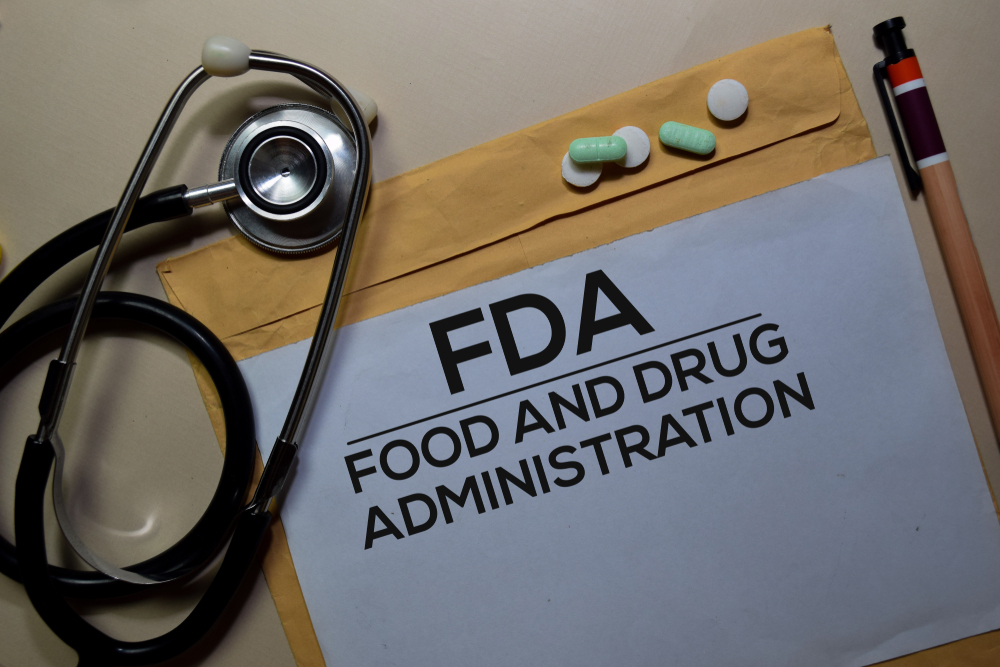Every time you see the words “FDA approved,” it’s supposed to mean safety, science, and trust. After all, the Food and Drug Administration is the final checkpoint before a product reaches your medicine cabinet, right? But history says otherwise. Over the years, some truly shocking—and sometimes disastrous—products have slipped through the cracks, leaving Americans to deal with the messy aftermath.
From miracle drugs gone wrong to gadgets that defied logic, these seven approvals prove that even the most powerful regulators can make mistakes that are downright unbelievable.
1. Thalidomide: The Tragedy That Changed Everything
Thalidomide was marketed in the late 1950s as a miracle drug for morning sickness, anxiety, and insomnia. It seemed harmless—until thousands of babies were born with severe limb deformities and birth defects. While the U.S. narrowly escaped the full brunt of this tragedy thanks to a cautious FDA reviewer, small quantities still made their way to patients through “clinical samples.” The result? Devastating consequences that reshaped how drugs were tested and approved. Thalidomide’s legacy is grim but vital—it forced the FDA to toughen its standards, ensuring no future drug could bypass rigorous testing so easily.
2. Fen-Phen: The Diet Drug That Broke Hearts—Literally
In the 1990s, losing weight fast was all the rage, and Fen-Phen was the golden ticket. A combination of fenfluramine and phentermine, it promised to melt pounds away like magic. But behind the hype lurked a deadly secret—patients began developing heart valve damage and pulmonary hypertension. By the time the FDA pulled it from shelves, millions had taken it, and lawsuits were flying faster than a late-night infomercial pitch. It was a harsh reminder that miracle weight-loss solutions often come with nightmarish side effects.
3. OxyContin: The Painkiller That Fueled an Epidemic
When OxyContin was approved in 1995, it was hailed as a breakthrough in pain management. Purdue Pharma claimed it provided long-lasting relief with a “lower risk” of addiction—a claim that would later be exposed as dangerously false. Within a few years, addiction rates skyrocketed, overdose deaths soared, and the opioid crisis was born. The FDA’s approval process had failed to question the company’s misleading claims and marketing tactics. Decades later, the fallout continues, proving that one bad approval can spiral into a nationwide catastrophe.
4. DES (Diethylstilbestrol): The Drug That Haunted Generations
Approved in the 1940s, DES was prescribed to pregnant women to prevent miscarriages and complications. The problem? It didn’t actually work—and worse, it caused rare reproductive cancers and fertility issues in the daughters of women who took it. Known as “DES daughters,” these women suffered for decades from health problems they never saw coming. It took years before the FDA finally banned its use in pregnancy, long after the damage was done. It stands as one of the most haunting examples of science gone wrong, where well-meaning medicine turned into multigenerational harm.
5. Vioxx: The Pain Reliever That Quietly Raised Death Risks
Vioxx hit the market in 1999 as a revolutionary painkiller for arthritis and chronic pain. It was supposed to be safer on the stomach than older pain meds like ibuprofen—but it came with a deadly catch. Studies soon showed that Vioxx significantly increased the risk of heart attacks and strokes. By the time it was pulled in 2004, it had been linked to tens of thousands of deaths. The FDA faced enormous criticism for ignoring early warning signs, and Vioxx became a case study in corporate influence versus consumer safety.
6. The Essure Implant: Birth Control Turned Nightmare
Marketed as a permanent, non-surgical birth control solution, Essure sounded like the future of family planning. Instead, it turned into a medical horror story. Thousands of women reported severe pain, bleeding, autoimmune reactions, and even organ perforations caused by the tiny metal coils implanted in their fallopian tubes. The FDA had fast-tracked approval despite limited long-term safety data. After years of protests, lawsuits, and public outcry, Essure was finally discontinued—but only after countless women had suffered irreversible harm.
7. Darvon and Darvocet: Painkillers with a Hidden Price
For decades, Darvon and Darvocet were go-to pain medications prescribed to millions. But behind their popularity was a chilling truth: these drugs carried a high risk of heart arrhythmia, overdose, and fatal toxicity. Reports piled up for years, yet it took the FDA more than 50 years to finally ban them in 2010. By then, the damage had been done hundreds of deaths and countless hospitalizations. The slow response raised one burning question: how many warnings does it take before action is taken?
When Approval Doesn’t Mean Safety
The phrase “FDA approved” should inspire confidence, but history shows it’s not a guarantee. These seven cases prove that even the most trusted systems can falter under pressure, corporate influence, or just plain human error. Every one of these approvals left a trail of victims, lawsuits, and shattered trust in their wake. It’s a stark reminder that being an informed consumer isn’t paranoia—it’s self-defense.
Have you or someone you know ever experienced a bad reaction to an approved drug or medical product? Share your story or thoughts in the comments below—your insight might just help someone else.
You May Also Like…
6 FDA Policies That Have Never Been Updated Since the ’70s
10 Common Medications That Doctors No Longer Trust
9 Safety Labels That Exist Only to Protect Corporations, Not You
8 Unexpected Items Police Can Seize From a Deceased Person’s Home
6 Health Trends That Doctors Admit Are Worthless Fads


